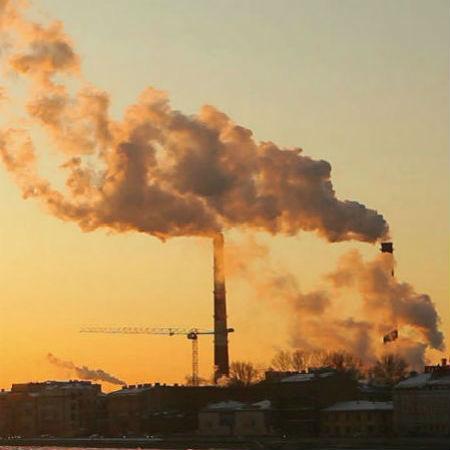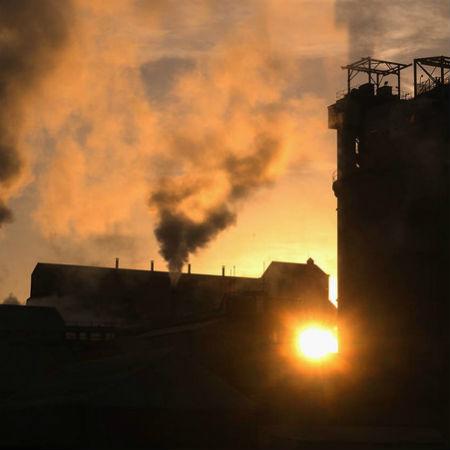
The Vermont Air Quality and Climate Division (AQCD) of the Department of Environmental Conservation (DEC) consists of a Permitting and Engineering Section. In addition to the implementation of the two permitting programs noted below, the Section provides technical and engineering assistance to the AQCD on a broad range of air pollution issues, including estimation and evaluation of criteria, toxic and greenhouse gas emission from stationary sources, evaluation of emission controls and reduction measures for stationary sources, state and federal regulatory interpretation, facility and public outreach, and regulation development.
The AQCD Permitting and Engineering Section implements two permitting programs for the control of air pollution from stationary sources: Permits to Construct, which are required prior to commencing construction or modification of an air pollution emitting facility to ensure necessary emission controls are designed and built into the project from the beginning, and Permits to Operate, which incorporate all air pollution related requirements a facility is subject to and is renewed every 5 years to keep it up-to-date with any new requirements. Both permit programs incorporate the respective federal Clean Air Act permit program requirements for Permits to Construct and Permits to Operate that Vermont is delegated by the U.S. EPA to implement. Thus a facility need only obtain the applicable state air permits and need not obtain separate air permits from the federal U.S. EPA.
Examples of permitted air pollution emitting facilities include: incinerators, boilers for space or process heating, stationary diesel engines such as used for generators or compressors, stationary engines used to generate power from landfills or anaerobic digesters, electric utility power plants, bulk gasoline storage (not including retail gasoline dispensing stations) and industrial processes such as wood furniture manufacturing, spray coating operations, dust generating activities, metal plating operations, plywood and veneer manufacturing, concrete cement batching, hot mix asphalt production, and mineral mining and processing operations such as rock crushing and/or screening operations. The Vermont Air Pollution Control Regulations Section 5-401 broadly defines those air contaminant sources and respective thresholds, if any, requiring an air permit.
The permit review process is intended to ensure both new and existing emission sources are properly designed and operated with effective emission control measures. This includes identifying the type of pollution from each emission source, the composition of the pollution, where in the process it may be emitted, what form it may be emitted (e.g. gaseous or particulate), whether it is directly emitted (e.g. dusts, solvents) or chemically formed or altered (e.g. combustion or reaction intermediaries), evaluating emission control and reduction options, calculating the quantities and concentrations of the pollution emitted, evaluating the impacts of those emissions, and writing effective permits to ensure proper emission control and measurable means of ensuring compliance.


